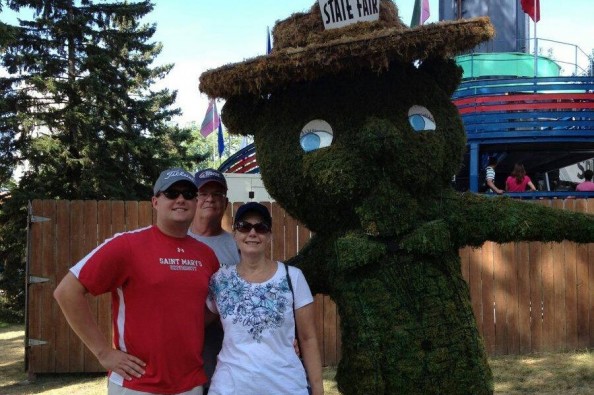My father passed away unexpectedly five months ago. As if that wasn’t enough of a tragedy, the situation left my mother and me in a position we never imagined being in — she could lose her home. Quickly, I set up a GoFundMe page to prevent this.
Despite adversities and setbacks, my mother has a positive outlook and is moving forward. She decided to host a garage sale to help cover some costs. The first sale she held earned enough income to cover some costs and inspire hope.
You may ask, “Why is this guy starting off his MarketingExperiments Blog post with a personal story? What can readers learn about marketing from a life event?”
In helping with my mother’s second garage sale, I gained two key insights that I’ve been able to use as a MECLABS research analyst.
Prominence and Eye-path: A match made at checkout
Most of us are aware that prominence is crucial to the discovery of any product on any page.
This cannot be truer than when it came to a convection oven we sold at the garage sale. It was a relatively high-priced, chunky item that had been used twice. We knew it would not be an easy sell.
So we prominently displayed the appliance on one of the very first tables in front of our enclosure – front and center in the sale and near our checkout. It was within our customers’ eye-path as they browsed and made small talk.
Our magic worked when a customer noticed the item when he began speaking to us. It was one of the first items sold.
This lesson can be directly applied to your website. Whether it’s a beefed-up kitchen appliance in a garage or a newly released product on your website, the product needs to be easily found for it to convert.
Customer Theory: The art of matching user motivation
In another effort to improve our rummage-centric campaign, we also looked to match consumer motivations using customer theory.
We paired like-products within the same vicinity, such as the 10-plus items catering to my mother’s fascination with palm trees.
After purchasing a few of these pieces, a nice buyer called a friend who shared the same obsession with tropical vegetation and told her to buy some too.
We can infer that displaying relative items in proximity can match a user’s motivation and increase the likelihood of conversion. Here we had a case of similar interest (or obsession) that prompted a call to someone else who was equally motivated.
Whether your customer is a garage sale champion or a target market interested in your product, matching motivation can lead to more than one conversion at a time.
Closing up shop
My experiences with garage sales are minimal, but my experience with website optimization is extensive.
When it comes down to any kind of sale, prominence, eye-path and customer theory can close even the most unlikely deal.
You might also like
MarketingSherpa Ecommerce Benchmark Study [Get more insights on ecommerce from 4,346 of your peers]
Ecommerce Research Chart: Discover your unique ecommerce success score [MarketingSherpa Chart of the Week]
3 Tips to Improve Your Marketing from Doctor Who [More from our blogs]
Customer-centric Marketing: How Emmanuel College boosted mobile traffic 94% with website redesign [Case study]
Ecommerce Research Chart: Customer feedback and ecommerce success [MarketingSherpa Chart of the Week]



